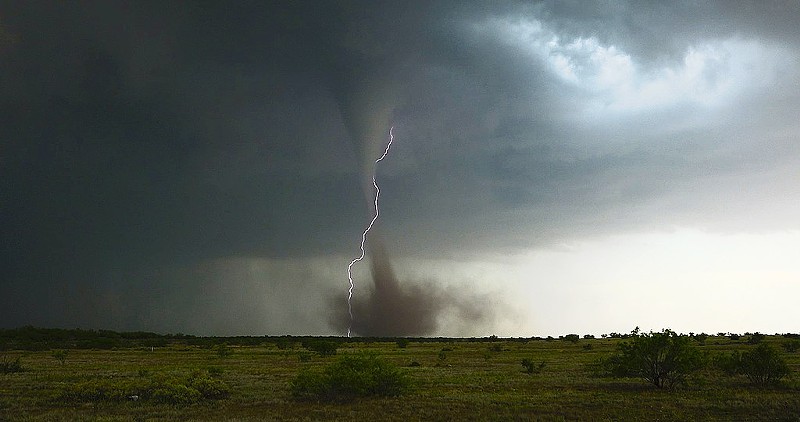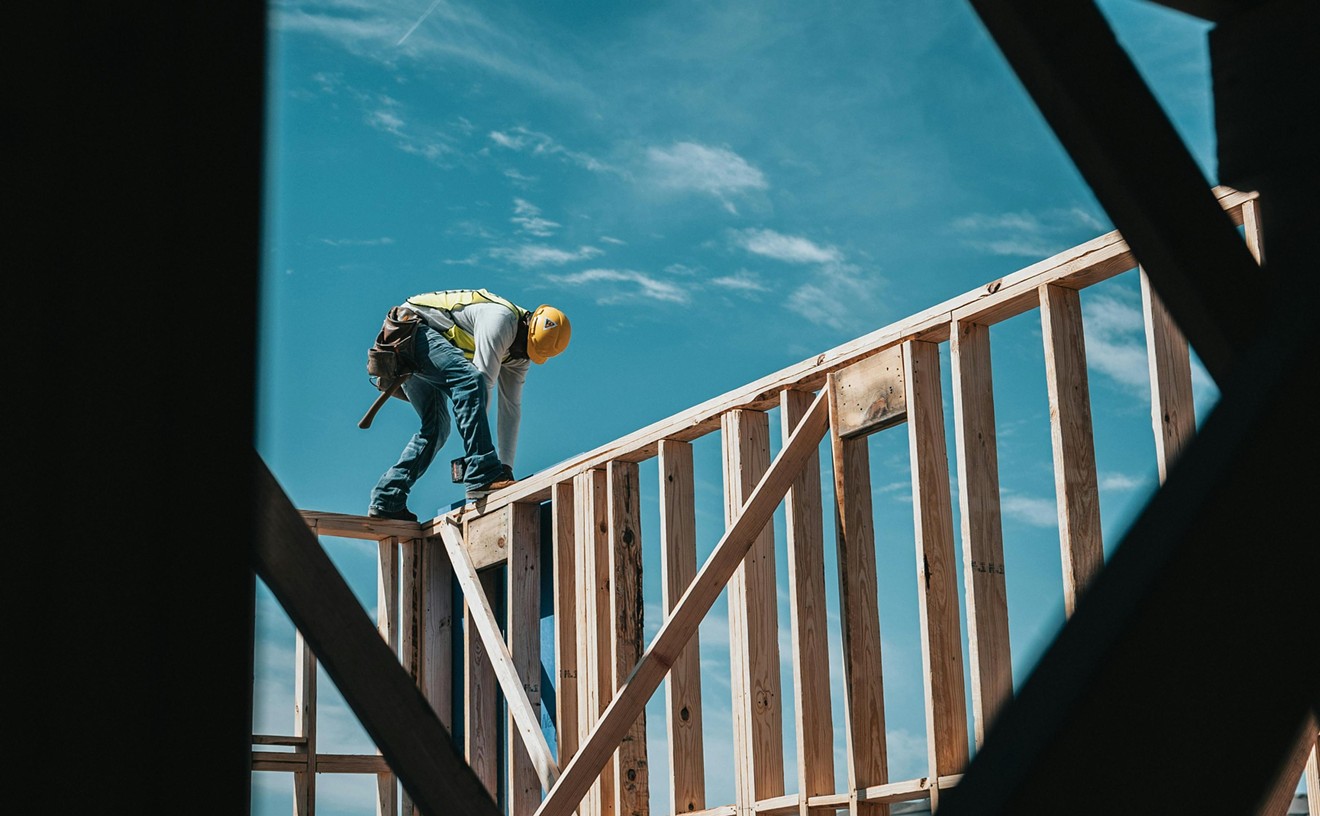The National Weather Service has warned that additional thunderstorms could be in the cards, possibly until Wednesday morning.
You also may have heard that the natural climate phenomenon El Niño officially arrived last week — more on that soon.
Thousands of Oncor customers — more than 22,000 — lost power during Sunday’s storms in the Dallas area, according to The Dallas Morning News. Most had their service restored by the following morning.
As of Monday afternoon, Dallas’ forecast put Tuesday’s chances of thunderstorms and showers at around 60%. Some storms could turn severe. Tuesday night and Wednesday morning have chances of rainy weather, too.
Meteorologist Monique Sellers with the National Weather Service Fort Worth told the Observer that Dallas will start “drying out but heating up” this week.
“We will be dealing with temperatures up into the upper 90s and over 100 degrees, and heat indexes up to almost 110 are possible by the end of the week,” she said. “So, we're going to very much switch from more thunderstorm safety to heat safety pretty quickly.”
Now, in terms of El Niño, here’s some of what we can expect here in Dallas.
What Is El Niño?
El Niño, which translates to “little boy” in Spanish, is the warm phase of a climate pattern and occurs every few years or so. It stems from weakened trade winds and warmer surface-water temps in the equatorial Pacific near the coast of South America, according to the National Oceanic and Atmospheric Administration. El Niño most often peaks in December and can spur higher global temps.
The Southeast and Gulf Coast will undergo wetter weather and experience more flooding, too. Come winter, there's a 56% chance that El Niño will turn into a strong event, according to NOAA.
How Will El Niño Affect Dallas?
As for North Texas, Sellers said we won’t feel a whole lot — not right now, at least. El Niño won’t prompt much change until the cooler seasons.El Niño aside, Sellers said the major issue people should be aware of is the heat, especially starting this week.
“Running through the summer, it's going to get real easy to get tired of hearing us talk about heat safety,” she said, “but it's going to be very important.”
Pete Delkus with WFAA tweeted that summertime El Niño isn’t a big driver of weather in the Lone Star State. But it is during the winter months.
“As for the summer forecast, Texas is expected to experience above normal temperatures,” he added.
El Nino is not a huge driver of Texas weather during the summer months. It is during the winter... but not during the summer. As for the summer forecast, Texas is expected to experience above normal temperatures. https://t.co/fl9I00cIEY
— Pete Delkus (@wfaaweather) June 4, 2023
From December through February, El Niño brings cooler and wetter weather overall, according to KXAN. And good news for the spring: It could mean far fewer hail storms and tornadoes.
How Does El Niño Change Global Weather?
El Niño can seriously boost extreme weather events around the world, often spiking average surface temperatures. It may also contribute to “an all-time record warm year this year or next, which could surpass the El Niño year of 2016,” according to Axios.El Niño could play a role in future droughts, floods and heat waves. Such weather extremes are have been exacerbated thanks to global climate change.
Speaking of climate change, NBC-DFW reported in January that warmer-than-normal winter months in the Dallas-Fort Worth area could become increasingly common moving forward.
This area has experienced warmer winters at a higher rate compared with the country on the whole: a 3.8-degree increase from 1970 versus the national increase of 3.3 degrees. In North Texas, winter is the season that's warming the fastest.
Or, as NBC-DFW put it: “This all means our coldest days of the season aren’t as cold anymore and our number of cold snaps is shrinking.”












